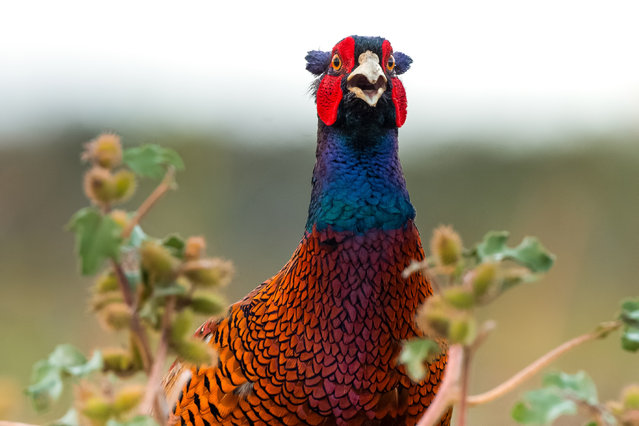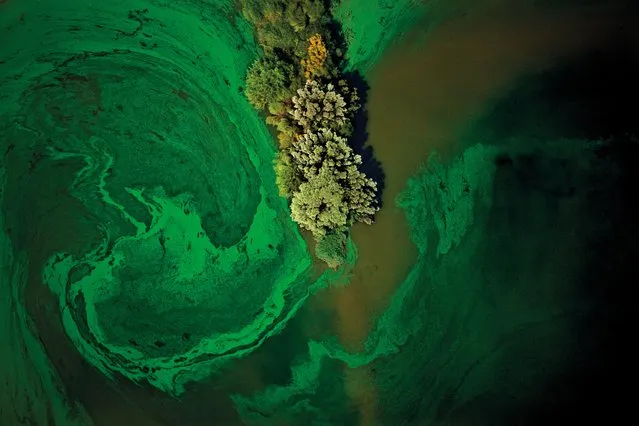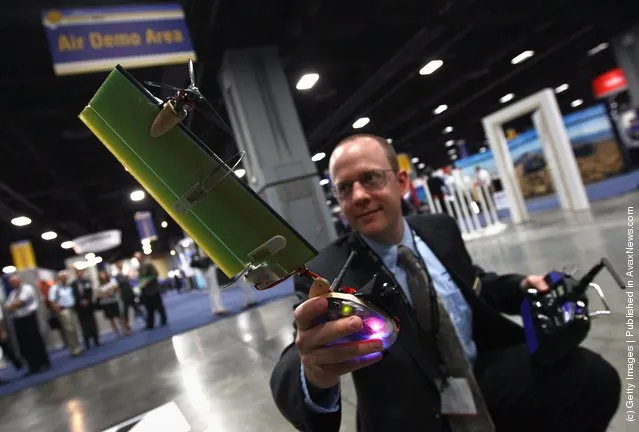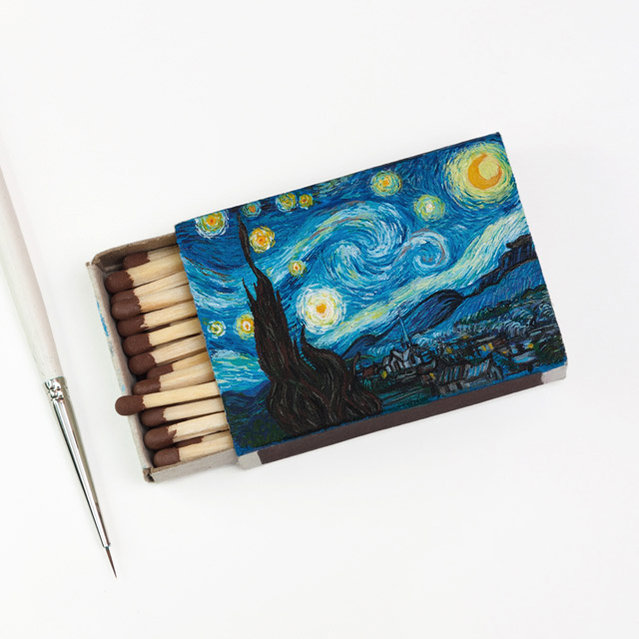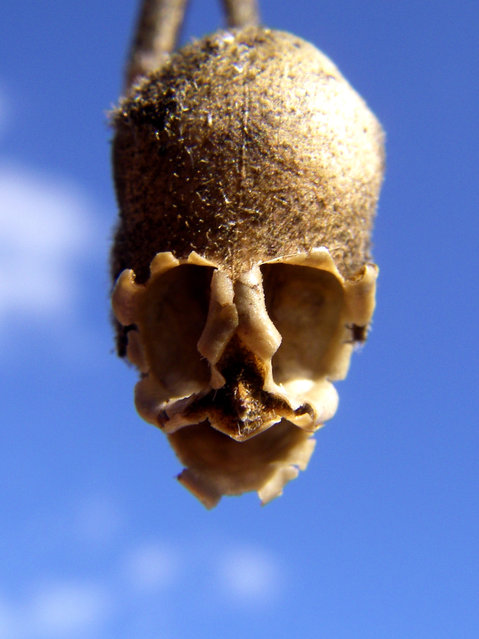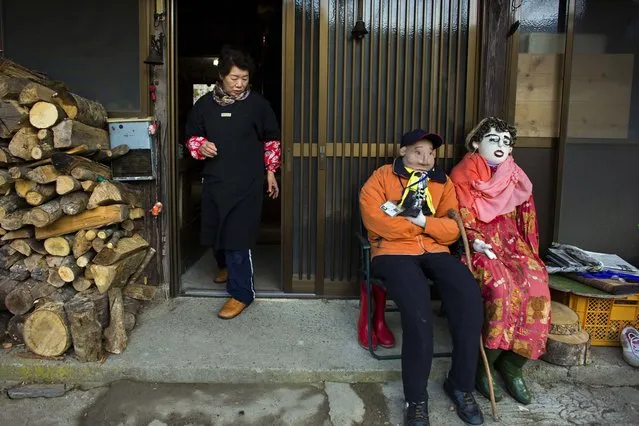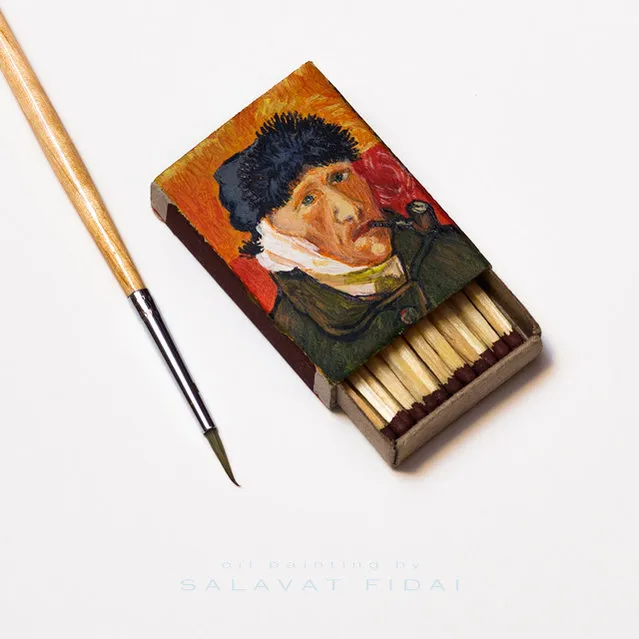
Russian artist Salavat Fidai is obsessed with things in miniature, and he has previously painted miniatures on pumpkin seeds and carved sculptures into the graphite tips of pencils.
Please Subscribe To: Our Youtube Channel
24 Dec 2016 23:21:00,post received
0 comments

